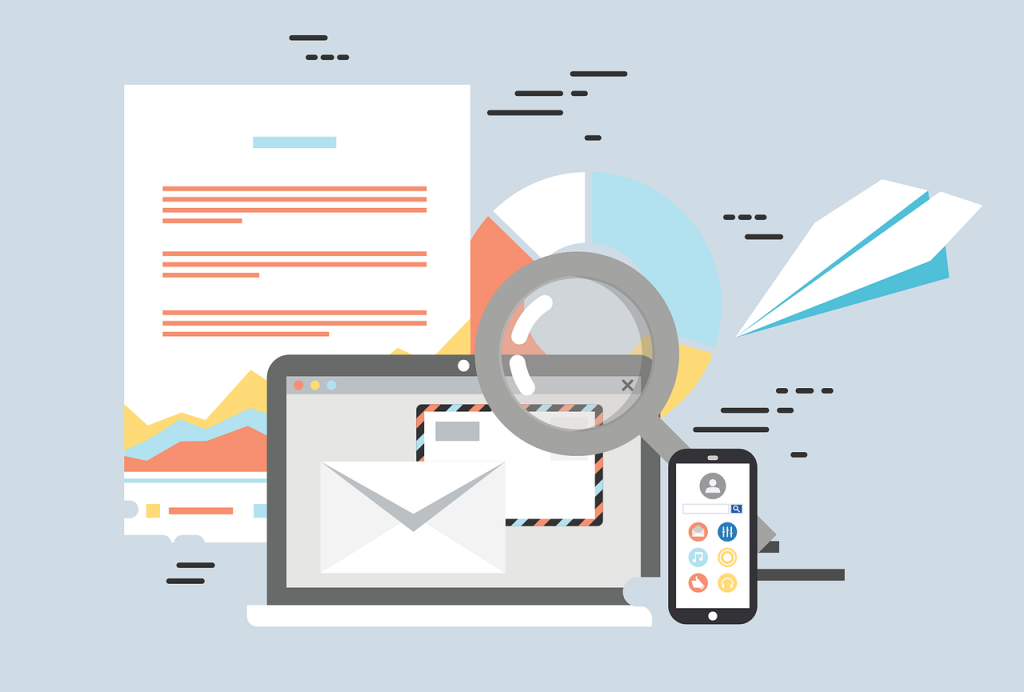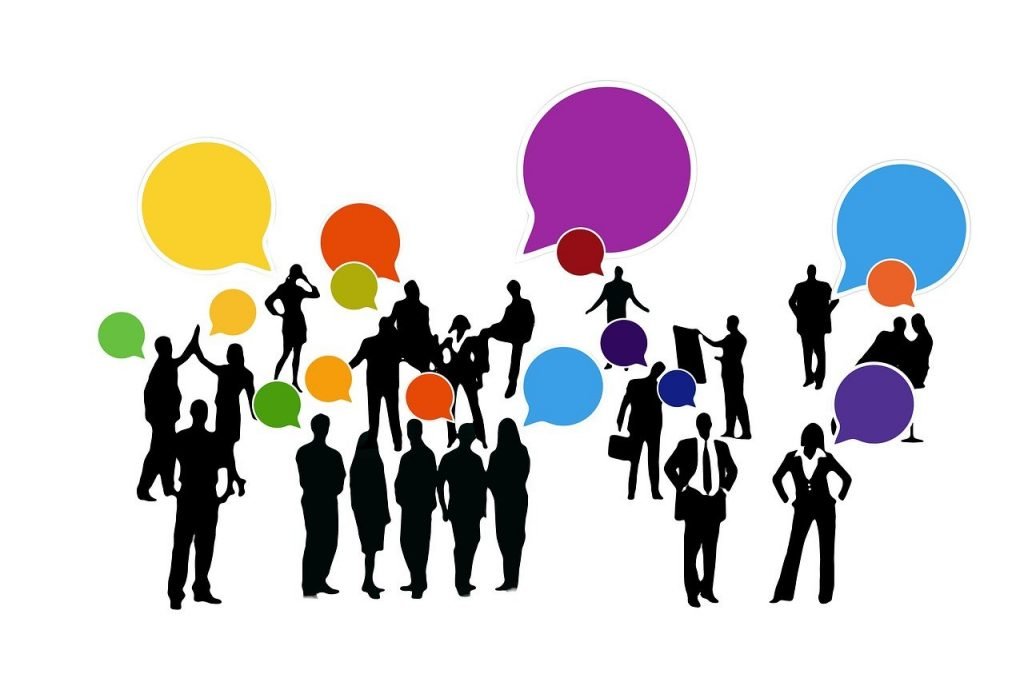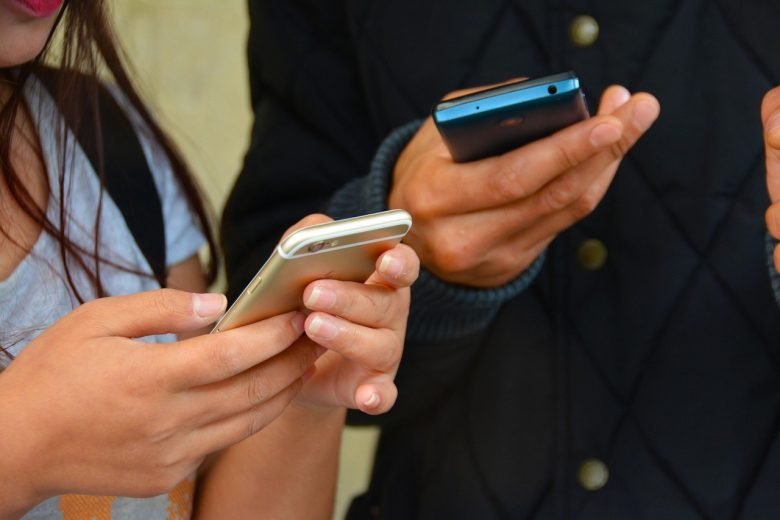In the realm of messaging and texting, language has taken on a whole new dimension with the incorporation of slang and acronyms. These expressions evolve constantly, shaping a dynamic language unique to digital communication.
Understanding “DTB”

If you’ve come across the abbreviation “DTB” in a conversation but couldn’t decipher its meaning, fret not! Let’s delve into what “DTB” signifies and how it can be effectively used in messaging.
The Essence of “DTB”
In the world of social media messaging and texting, “DTB” stands for “Don’t Text Back.” It’s an acronym employed to gently discourage someone from responding to a message. Much like receiving an informative email that doesn’t necessitate a reply, “DTB” allows the recipient to absorb the information without the expectation of a response.
Using “DTB” Wisely
Employing “DTB” can be a considerate approach to signaling your unavailability to engage in immediate conversation. However, it’s essential to ensure that the abbreviation is familiar to your audience. While your peers might readily comprehend “DTB,” individuals from different age groups or backgrounds might not grasp its meaning right away.
Applications of “DTB” in Messaging

The acronym “DTB,” which stands for “Don’t Text Back,” has found its niche in modern messaging culture, offering a concise and straightforward way to manage communication expectations. Let’s explore the diverse applications of “DTB” in various contexts of digital conversations.
1. Time Management
“DTB” proves incredibly useful when you’re dealing with time constraints or busy schedules. Whether you’re immersed in work, attending meetings, or engrossed in other tasks, using “DTB” can communicate your temporary unavailability to engage in a prolonged conversation.
2. Distraction-Free Moments
In social situations or while spending quality time with friends and family, “DTB” can signal that you’re fully present and aiming to minimize digital distractions. It’s a polite way to express that your attention is focused on the physical world rather than the digital realm.
3. Digital Detox
When you’re intentionally taking a break from your devices to recharge or unwind, “DTB” is a perfect way to inform contacts that you’re stepping away from immediate responses. This can be particularly helpful for maintaining mental well-being and disconnecting from constant notifications.
4. Work-Life Balance
“DTB” can help establish healthy boundaries between work and personal life. When you’re off the clock, indicating that you’re not available for extended conversations can prevent work-related discussions from encroaching on your leisure time.
5. Dealing with Overwhelm
When your messaging apps are inundated with numerous conversations, and you’re struggling to keep up, “DTB” can serve as a tool to manage expectations. By using this acronym, you let others know that you’re catching up and might not respond promptly.
6. Navigating Different Time Zones
In a globalized world where friends, family, and colleagues might reside in different time zones, “DTB” can be helpful in situations where you’re awake while they’re sleeping or vice versa. It allows you to acknowledge their message while avoiding disturbing their rest.
7. Group Chats
When you’re part of a group chat that’s buzzing with messages, using “DTB” can indicate that you’re observing the conversation but might not actively engage at that moment. It helps manage the flow of the discussion without completely disengaging.
8. Honesty in Communication
“DTB” can also be an honest way to communicate when you’re not in the mood for a conversation or need some personal space. Instead of leaving messages unanswered, you can use “DTB” to convey your disposition openly.
Cautions of Online Slang
While “DTB” offers an efficient method to discourage excessive messages, it’s advisable to spell out acronyms when communicating with those who might not be familiar with the lingo. This practice ensures effective communication and avoids misunderstandings.
In a digital era enriched with creativity and brevity, “DTB” serves as a valuable tool to politely convey your current unavailability to engage in extended conversations. Use it judiciously to enhance your messaging etiquette and streamline your interactions.
Conclusion
In the ever-evolving landscape of digital communication, the acronym “DTB,” which stands for “Don’t Text Back,” has emerged as a valuable tool to enhance clarity and efficiency in messaging. As our lives become increasingly intertwined with technology, understanding and utilizing such shorthand expressions can greatly enhance our ability to manage communication effectively.
“DTB” serves as a versatile shorthand, enabling individuals to communicate their availability or unavailability for extended conversations. Whether it’s the need for uninterrupted focus, a desire to disconnect, or simply acknowledging different time zones, this acronym offers a concise way to convey intentions without leaving messages unanswered or causing confusion.
By embracing “DTB,” individuals can strike a balance between staying connected and honoring their personal boundaries. From work-related scenarios to social interactions and beyond, the applications of “DTB” are wide-ranging and adaptable to various circumstances.
However, as with any communication tool, context remains crucial. It’s essential to consider the nature of your relationships and the expectations of those you’re conversing with. While “DTB” can be a powerful aid, clear and respectful communication should remain a priority.
In conclusion, “DTB” is more than just an acronym; it’s a reflection of how communication evolves to meet the demands of our fast-paced digital world. By incorporating this expression into your messaging repertoire, you can navigate conversations with enhanced transparency and efficiency while respecting your own boundaries and those of others.
